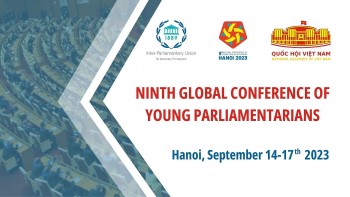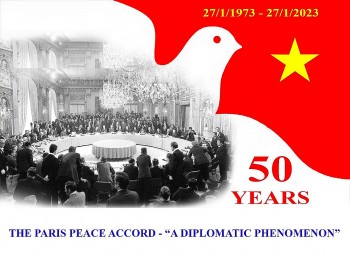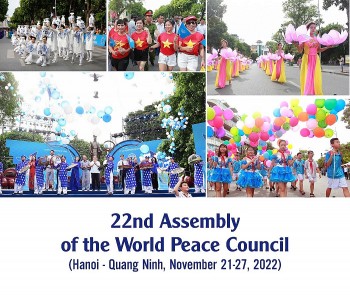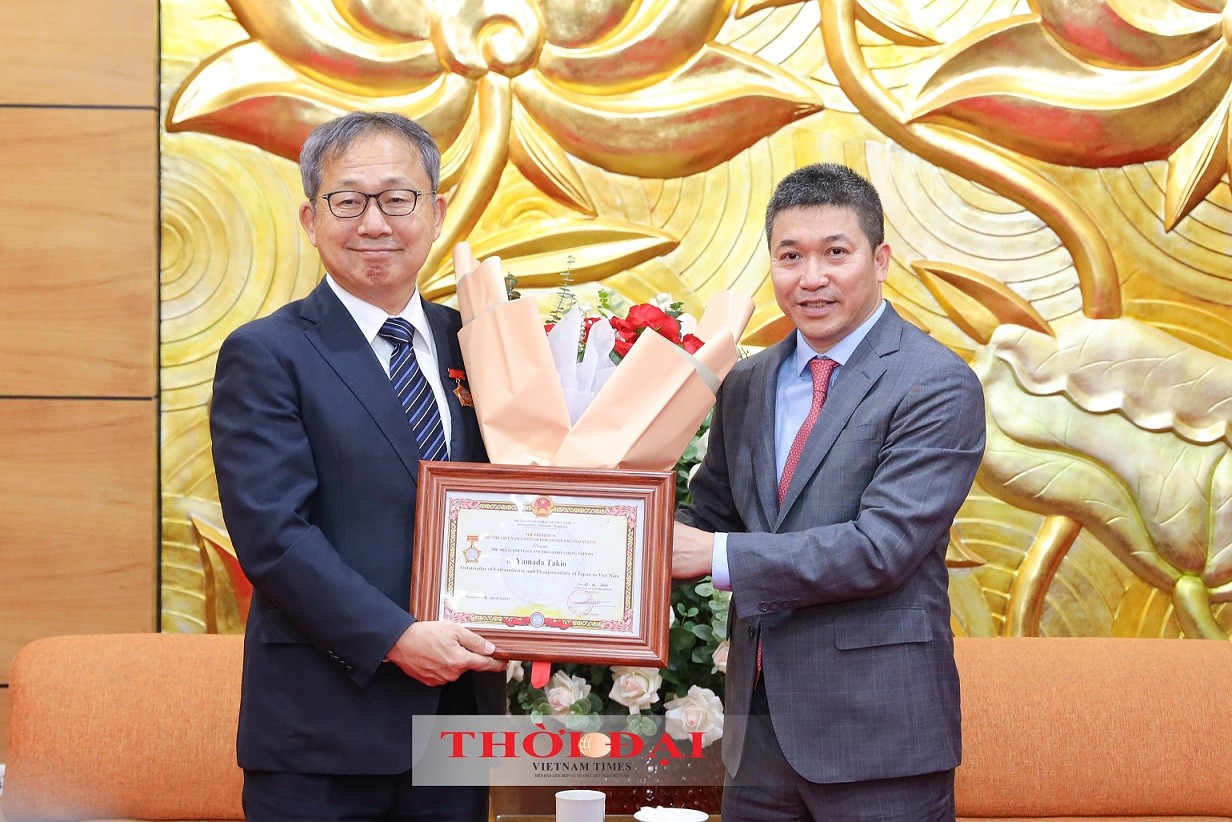Deputy PM seeks world heritage tag for Vinh Moc war tunnels
(VNF) - Deputy Prime Minister Vu Duc Dam has visited the central province of Quang Tri where he asked the province to compile a dossier on the Vinh Moc war tunnels to seek UNESCO’s recognition as a world heritage site.
 |
A gate to tunnel Vinh Moc, which was used as a shelter for 60 local families between 1966 and 1972 (Photo: foody.vn)
He highly appreciated the locality for its efforts in healthcare and education and tribute to the families of war heroes and martyrs.
The Deputy Prime Minister ordered the concerned agencies in the province to compile a plan to develop sea tourism in Cu Tung-Cua Viet-Con Co Island, build Thong Nhat Park and compile a dossier on the war tunnel Vinh Moc to seek UNESCO’s recognition as a world heritage site.
Vinh Moc tunnel is one of hundreds of tunnels in Quang Tri province that remain intact. They are now historical sites of significant value reflecting Vietnam’s history and its people’s patriotism, bravery and creativity.
A world beneath the war
Those known of Vietnam’s heroic historical war must have some understanding of the tunnel network in Quang Tri citadel – a witness of the severe war. The Vinh Moc spectacular tunnel network within the zone stands as a testament to the endurance, wisdom and bravery of the local people in their fight for independence.
 |
The tunnel is located very near to Cua Tung Estuary, the downstream Ben Hai River, which worked as the temporary demarcation line in 1954. (Source: vietbao)
No words can be more illustrative than the title of the film “Vinh Moc tunnel- a world beneath the war” by Director Janet Gardner to describe the tunnel system.
Vinh Moc Tunnel complex is located in Vinh Moc village in Vinh Thach commune, Vinh Linh district, in the central province of Quang Tri. The tunnel served as a strategic location on the border of North Vietnam and South Vietnam during the American War. It was built to protect people from the intense bombing in Son Trung and Son Ha communes in Vinh Linh district of Quang Tri province in the Vietnamese Demilitarised Zone (DMZ) near Hien Luong Bridge.
The villagers of Vinh Moc supplied food and armaments to the North Vietnamese garrison on the island of Con Co, which hindered American bombers on their way to bomb Hanoi.
They built the tunnel measuring 30m in depth and shifted the entire village there. The tunnel was constructed in several stages beginning in 1966 and was used until early 1972.
The first floor, 12 and 15 meters below the ground, was where the civilians lived. At a depth of 18 meters, the second floor served as the Headquarters of the Party Committee, the People’s Committee and Military Command.
The third floor, 22 meters below ground, was used as a warehouse for logistics, food and ammunition for Con Co Island and the civilians and soldiers in the tunnel.
The complex grew to include wells, kitchens, rooms for each family and spaces for healthcare. Some 60 families lived in the tunnel complex, with as many as 17 children being born inside.
 |
Inside the Vinh Moc tunnel. (Source: vietnam-beauty.com)
During the war, civilians and soldiers usually did not leave the tunnel to assure the number of combat personnel. It’s hard to imagine that there was a time when 1,200 people lived along the main 2-km axis. Though, the tunnel proved to be a success as no villager died. The only direct hit was a bomb that failed to explode, and the resulting hole was used as a ventilation shaft.
In January 2015, the Vinh Linh village tunnel and Vinh Moc tunnel system was recognised a special national relic site.
When the underground channels were designed, the designers had the foresight to consider their protection as well as their construction. They must be well against damage long, tropical rains, and monsoon. Architects would like to visit this historical and solid shelter to figure out how their elders could succeed in constructing such a complex, huge, but firm and sufficient place of living. The tunnel is accurately a miniaturised image of a deep underground village with all necessary services (houses for all families, birthplace, health-stations, etc.), but can stand still firmly until now. The answer may be revealed in a heroic mentality and great endeavor of the people in that historical period.
Today, people no longer need the tunnel to shelter but consider it as one of the top destinations of some history-discovering tour./.
VNF
Most read
Recommended
 Viet's Home
Viet's Home
Vietnam's Opportunity to Become Powerhouse In Semiconductor Industry
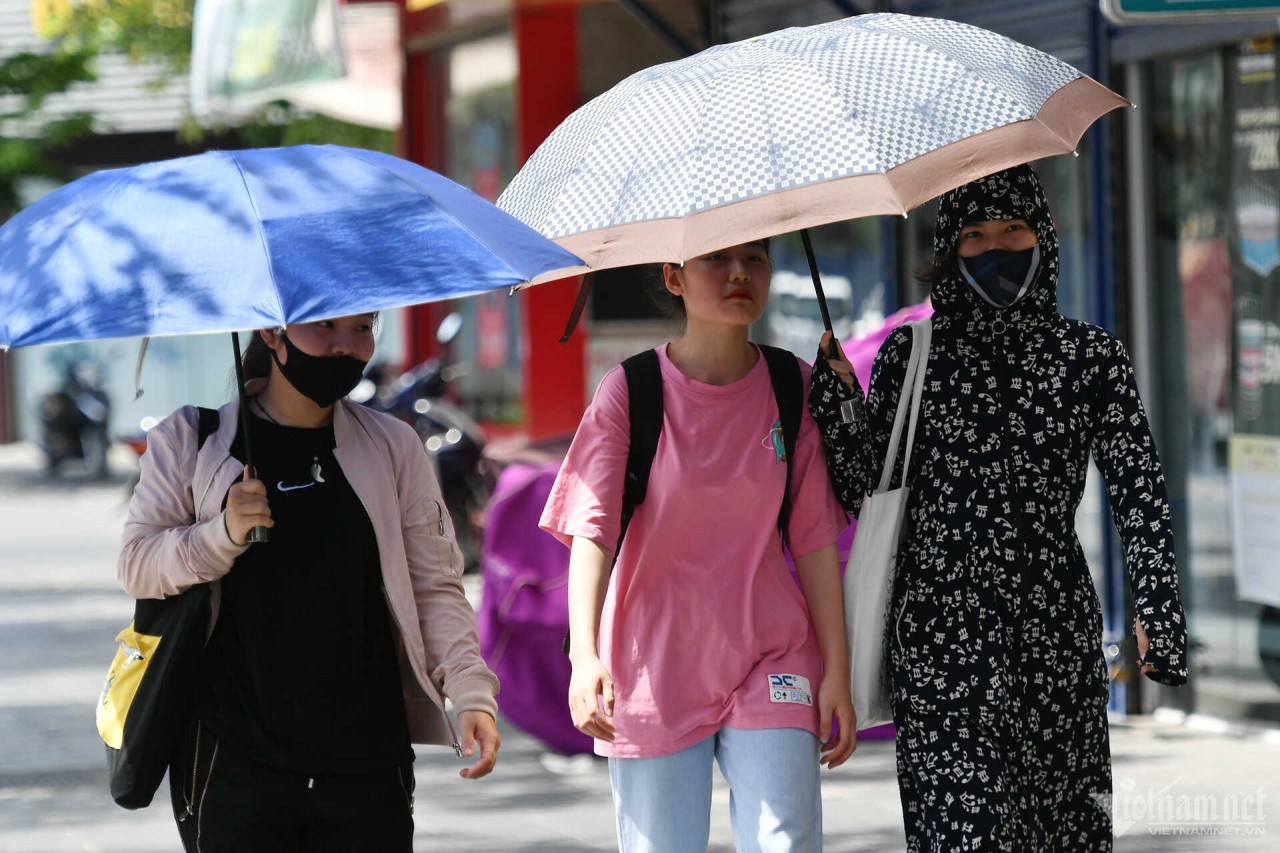 Viet's Home
Viet's Home
Vietnam’s Weather Forecast (April 27): Excessive Heat, Highest Temperatures In Northern Region
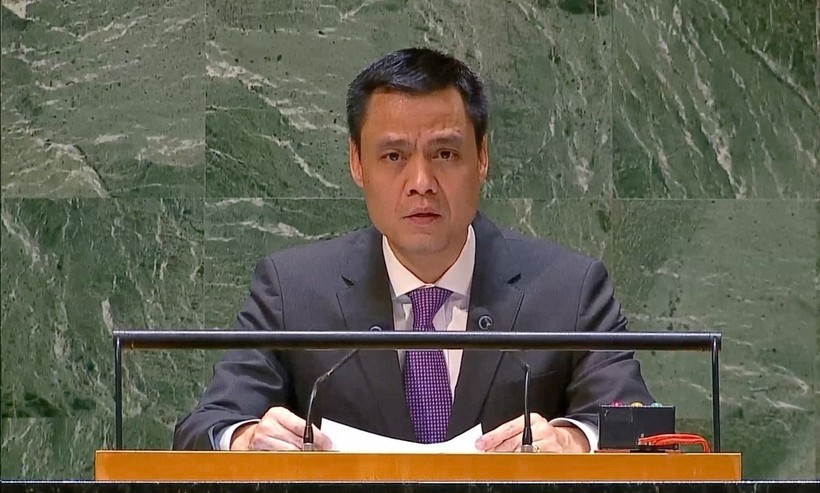 Viet's Home
Viet's Home
Vietnam Among Asia's Biggest Spenders on Infrastructure
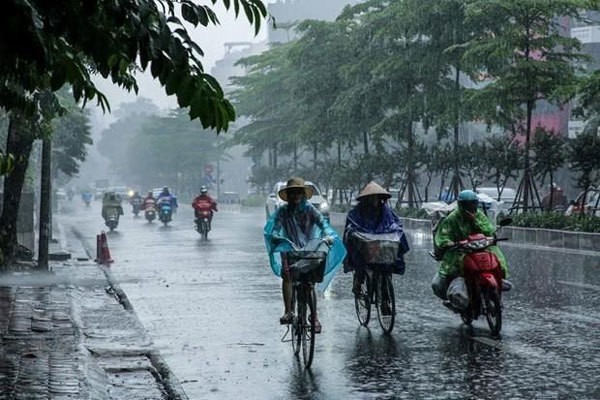 Viet's Home
Viet's Home
Vietnam’s Weather Forecast (April 26): Sunny Day And Rainy Night In Hanoi
Popular article
 Viet's Home
Viet's Home
Students from 15 Countries Experience Indian Culture in Hanoi
 Viet's Home
Viet's Home
Discover Cultural Colors Through The 2024 Korean Literature Theater Contest
 Vietnamese Herbal Tea
Vietnamese Herbal Tea
How to Help Young People Maintain Energy and Alertness at Work?
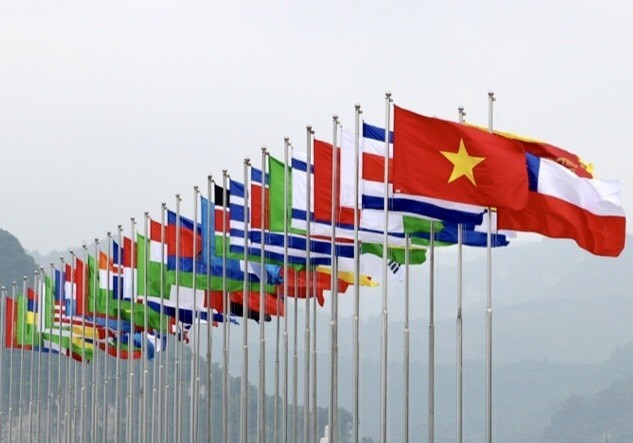 Viet's Home
Viet's Home

